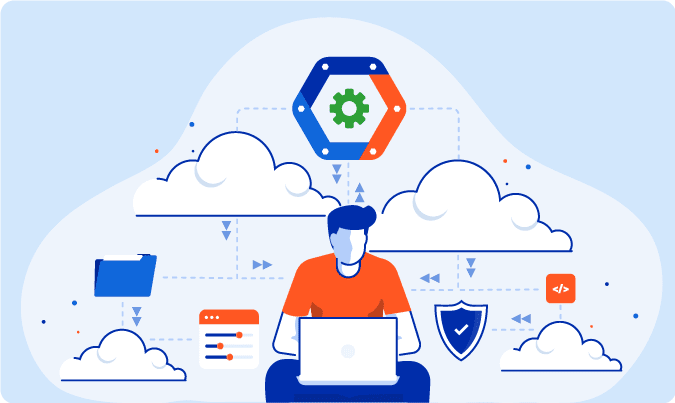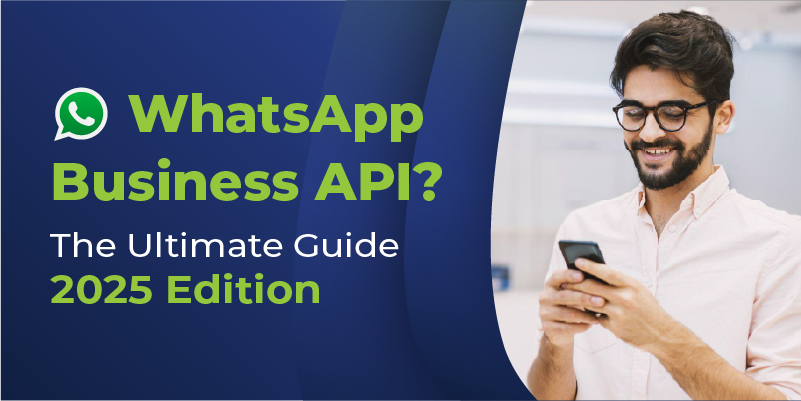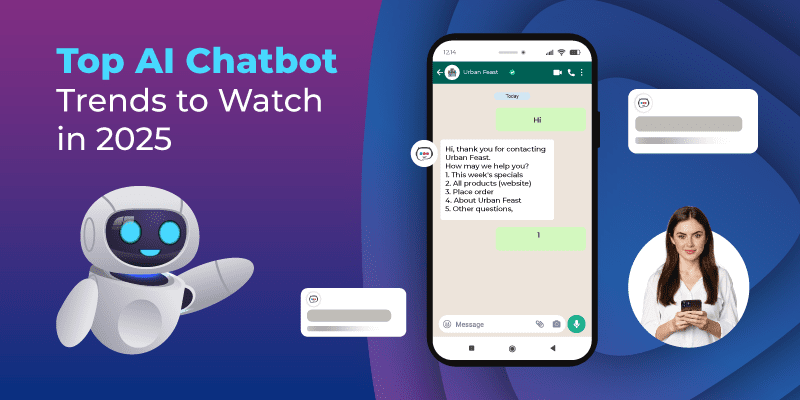Tips to enhance customer experience through Retail Personalization
In today’s retail environment it has become challenging from any perspective as there is a lot of price pressure obtained from discounters. There is a lot of market disruption from various online players, as there has been increased price transparency for all shoppers. As retail personalization and differentiation occur, there is a unique selection of strategic pricing and promotions which are quite effective as competitors can easily imitate them.
Differentiation is still possible as personalized approaches for retailers help in creating unique experiences which are tailored for individual customers. Let us look at understanding just how personalization can help drive conversions and build loyalty within retail.
How can personalization drive conversions and loyalty in retail?
Personalized customer experiences are important for driving conversions and building loyalty especially when it is offered to various customers with the help of proprietary data which makes it difficult for competitors to imitate. There are various experiences that help in enabling businesses in differentiating themselves to gain a sustainable competitive advantage. Personalized experiences are great in driving customer loyalty and getting into the top line.
Retail personalization is great as it has extended to the entire customer experience which was just limited to targeted offers. Customers want personalization throughout their interactions with retailers through multiple, personalized touchpoints that have enabled them to allocate their time and money according to preferences.
Customers usually want personalization which involves interactions with a retailer with multiple, personalized touchpoints that helps in enabling them in allocating time and money according to certain preferences. Retailers help in making the customer part of the dialogue in terms of leveraging data in creating one-to-one personalization.
How personalized experiences help retail brands stand out
Retail personalization has helped brands stand out from their competitors as the expectations of the customers have been changing and evolving rapidly. The demand for personalized experiences has helped in differentiating brands from competitors and it has helped retailers in more ways than one, by helping them thrive. Personalization at scale has helped deliver a 1-2 percent increase in total sales, especially in driving loyalty by reducing marketing and sales costs as well.
Customer-experience leaders in the retail industry space have helped provide shareholders with returns that are much higher than returns that are generated by retailers with low customer-satisfaction scores. In order to maximize the results of the personalization program, it is recommended to focus initially on the most loyal customers as programs have been targeting regular shoppers yields a return on investment that is 3x times higher than that of mass promotions.
Maximizing the results of the personalization program, it is recommended to focus initially on the most loyal customers, there are programs that target regular shoppers in yielding a return on investments that are three times higher than that of mass promotions.
Don’t let data be a roadblock on your path to better retail experiences personalization and customization
More often than not we often get in the way of ourselves in terms of delivering great retail experiences with personalization and customization. Most retailers are still in the early stages of personalization efforts, and it is estimated that more than 15% of retailers have implemented personalization strategies. 80% are still defining a personalization strategy, especially when starting out with pilot initiatives. Here are some of the major ways that you can better your retail experiences through personalization and customization.
Management of data:
More than 2/3rds of survey respondents have indicated that the greatest personalization challenge is gathering, integrating, and synthesis of customer data.
Data analytics:
Acquiring and maintaining in-house expertise helps in data analytics and science which has proved to be a major concern for 48% of survey retailers.
Alignment of retail organizations across functions:
Siloed processes and organizational models have helped in preventing efficient and prompt sharing of customer data along with promotion decisions. It has made life difficult especially in aligning the marketing and merchandising teams which involves having a significant shift within the mindsets of employees.
Tools and technology enablement:
More than 67% of survey participants have admitted that they have the correct tools in order to execute personalization at a greater scale. Finding the right solution partner is difficult and seems like a struggle. Retailers usually face their own set of challenges with an omnichannel setup, especially while structuring offers and executing across various communication touchpoints.
Never stop learning from your customers
Customer personalization can help in improving the customer experience and building engagement but it is more important than ever to never stop learning from your customers as you can constantly keep evolving as a business. Retailers initially started out small and began testing and learning how to build the necessary capabilities and multidimensional intelligence on getting customers over a period. Data management is great as you can get the right data which is much more important, and it does provide a 360-degree view of customers. Thus, learning from your customers is important and successful retailers will need to start gathering the most important data before scaling up toward understanding each individual customer. Next, let us investigate understanding the main difference between personalization and optimization.
Personalization vs. optimization: What yields the best ROI?
Let us look into understanding how personalization and optimization work, especially in yielding the best ROI. Optimization is great as it enables digital advertisers in improving campaign performance. The process of data collection, testing, and making improvements for campaigns based on the findings that you collect from testing happens from both the pre and post-click stage. Optimization involves enabling you to run targeted campaigns with Google and Facebook ads with keywords, location targeting, and negative keywords.
With Facebook ads, optimizing for ad delivery, geotargeting ads and the meta pixel are three great tools that can help you optimize for Facebook. Some of the various options that Facebook provides are ad placement, budget, and even target audience. Heat maps and A/B testing are also great in terms of optimizing post-click landing pages such as the thank you page, thank you email, and the post-click landing page.
Personalization in digital advertising can help reduce acquisition costs by up to 50 percent, lift revenues by 5-15% and increase the efficiency of marketing spending by 10-30%. It is possible to get different metrics with personalization like browser, behaviour, interests, demographic data etc. With display and video campaigns, it is possible to get custom intent audiences in reaching the ideal audience by segmenting groups according to specific keywords.
Conclusion
In conclusion, retail loyalty is something that gets built over a long period of time between customers and the brand. Through personalization customization, it is possible to improve conversions and ultimately generate greater revenue. Thus, this was a brief overview of understanding how customer loyalty in retail works and how it is possible to improve this metric through optimization and personalization.











